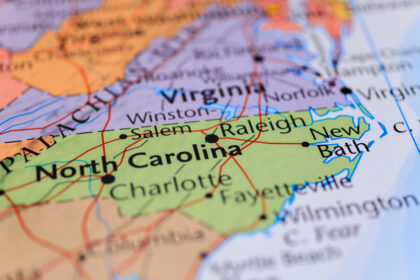The Canadian province of Nova Scotia is known for its diverse and picturesque landscapes. This includes numerous rivers, lakes, and streams that provide excellent opportunities for trout fishing. It offers a variety of trout species, including brook trout, brown trout, rainbow trout, and lake trout. Anglers often enjoy the serene natural surroundings while fishing for these freshwater species. When contemplating a trip to this beautiful place, you may be wondering what the trout limit in Nova Scotia looks like.

When Can I Fish for Trout in Nova Scotia?
Fishing seasons and regulations can vary. Much depends on the specific water body and the type of trout you’re targeting in Nova Scotia. It’s important to consult the Nova Scotia Department of Fisheries and Aquaculture or check their official website. These sources will provide the most up-to-date and accurate information on fishing seasons and regulations.
Generally, trout fishing seasons in Nova Scotia are regulated to ensure sustainable fisheries and conservation efforts. Seasons can be influenced by a few factors. Such as water temperature and the need to protect spawning fish during certain times of the year.
Here are some general points to keep in mind:
- Open Seasons: Different water bodies may have different opening and closing dates for trout fishing. These dates are often influenced by the specific characteristics of the fishery and are set to balance conservation with recreational angling.
- Species-specific Regulations: Different species of trout (e.g., brook trout, brown trout, rainbow trout) may have different seasons and regulations. It’s important to know the specific rules for the type of trout you’re targeting.
- Catch-and-Release Practices: Some waters may have special regulations. This includes catch-and-release requirements or restrictions on the use of certain bait or lures. Familiarize yourself with these rules to ensure compliance.
- Conservation Measures: Keep in mind any conservation measures in place to protect trout populations. This is especially true during critical times such as spawning seasons.
To get the most accurate and current information, visit the official website of the Nova Scotia Department of Fisheries and Aquaculture. Or you can contact local authorities. Additionally, consider reaching out to local fishing guides or experienced anglers. These experts likely have firsthand knowledge of the current fishing conditions and regulations in specific areas.

2023 Trout Limits
So what is the trout limit in Nova Scotia in 2023? As stated by the 2023 Nova Scotia Anglers’ Handbook, “…The possession limit is the same as the bag limit, regardless of the number of days of fishing. The daily bag limits apply in the aggregate. This means that the number of fish that may be retained in any one day applies regardless of the number of areas fished. Caught and released fish are not considered as part of the bag limit, except for Atlantic Salmon.”
The Anglers’ Handbook lists the seasons as follows:
Speckled (brook) trout, Brown trout and Rainbow trout season is April 1 to September 30, except that September 1 to September 30, no speckled trout may be retained.
The bag limit is 5 fish, of any one species or any combination of Brook Trout, Brown Trout and Rainbow Trout species.
The Lake (grey) trout’s season is April 1 to September 30, and is catch and release only.
The handbook also lists a few exceptions. Specific bag limits, size limits, gear restrictions, and seasons are in effect on several waters that are listed in each Recreational Fishing Area. From September 1 to September 30, no speckled trout may be retained, and the use of natural bait is prohibited for all trout species in all waters, including Special Management Areas.
In Summary
Bag limits for trout fishing in Nova Scotia, Canada, are subject to change as dictated by emergency orders. It’s essential to check the latest regulations from the Nova Scotia Department of Fisheries and Aquaculture or relevant authorities.





